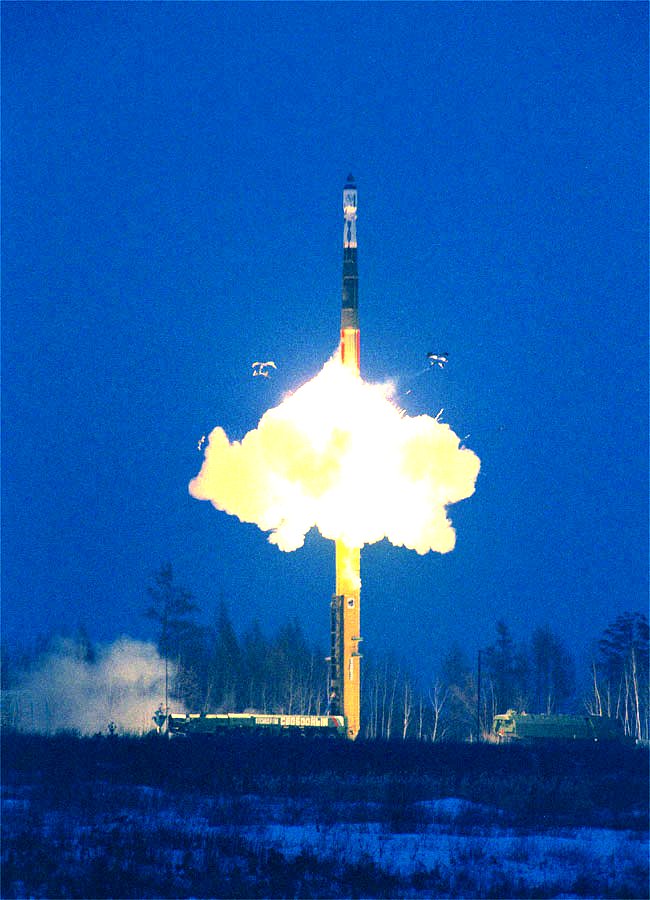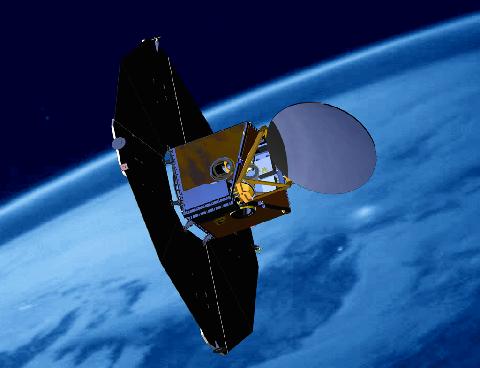In my previous post I discussed the difficulties satellite operators like Iridium face in attempting to predict collisions. I’ll talk more about orbital data in the future but in this post I want to revisit the question of whether it makes sense to point fingers at the Russians for having an “out of control” spacecraft (Cosmos 2251) on orbit? Well, one could turn the tables and argue that the finger should be pointed at Iridium, since their spacecraft (Iridium 33) had the capability to maneuver and also was an asset worth protecting. But, as I illustrated previously, it is extremely difficult for a satellite operator in this particular orbital regime (Low Earth Orbits) to predict collisions with high enough confidence to warrant action.
In fact, many satellites in Low Earth Orbits don’t even have a propulsion system, which means that even given perfect information regarding a future collision they would be unable to move out of the way. An example of such a satellite is the Swedish space observatory Odin which orbits Earth in a circular polar orbit roughly 600 km above sea level, or 180 km below the altitude at which Iridium 33 and Cosmos 2251 collided. Odin is built and operated by the Swedish Space Corporation, my former employer, and is particularly dear to me as I participated in its launch campaign at Svobodny Cosmodrome, Russia, in 2001.
About a year ago Dr T.S. Kelso told me that one day when he had been checking on the close approach predictions from his SOCRATES service he saw a miss distance significantly smaller than he had ever seen before. I don’t remember the exact number but I believe he said it was less than a meter, which is to say it is not a miss at all if the combined dimensions of the involved spacecraft are greater than a meter. One of the objects involved in the prediction was a piece of debris while the other was the still operational Odin. Even with the caveats regarding the inaccuracies of Two-Line Elements T.S. felt compelled to contact Odin’s, to him unknown, operator and warn them of the potential danger. After a fair bit of detective work he eventually got hold of a phone number to the Odin control center at Esrange in northern Sweden. He placed the call and explained the predicament only to find out that Odin did not have maneuvering capability and could do nothing to ameliorate the situation.
So how did it go? Well, since you haven’t heard of this before I don’t have to tell you there was no collision and Odin is still out there doing good science. But the example still serves to illustrate the inability to mitigate a predicted close approach, which would hold true even if the data behind the prediction was better. In light of the fact that many satellites don’t have a propulsion system by design (and consequently have no interest in, or can not benefit from, collision predictions) it appears unreasonable to place blame on Iridium for omission of action, or on the Russians for inability to act. These are just par for the course.
(Now, if there was such a thing as perfect information regarding collision prediction perhaps it would be worthwhile including a minimal propulsion system solely for the purpose of collision avoidance, even on spacecraft like Odin where a propulsion system is otherwise considered unnecessary. Alas, it is not so.)






No comments:
Post a Comment